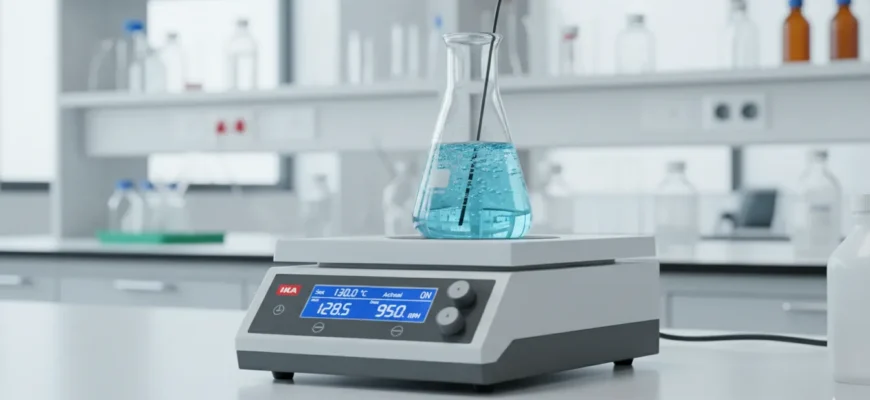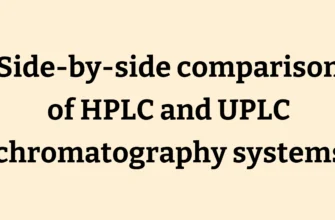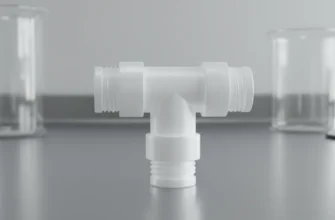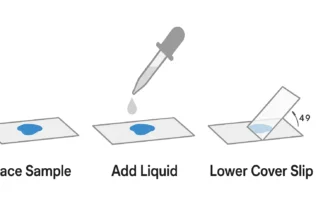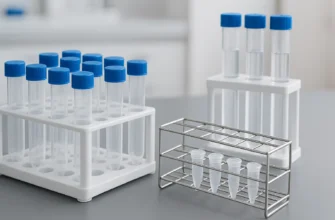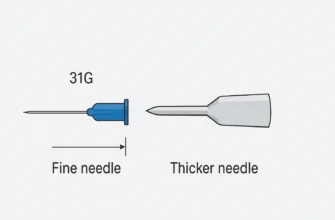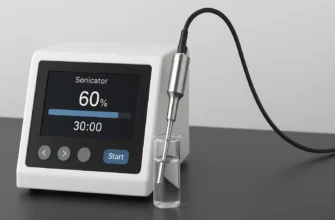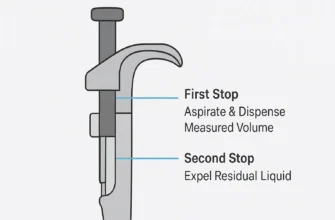Understanding Your Hotplate Magnetic Stirrer Options
Main Takeaway: A hotplate magnetic stirrer is indispensable for precise, reproducible heating and mixing in the lab. Choose digital models for exact control, analog for routine tasks, and multi-position units for high-throughput workflows.
1. What Is a Hotplate Magnetic Stirrer?
A hotplate magnetic stirrer integrates a heating element with a magnetic stirring mechanism, enabling simultaneous heating and mixing of liquid samples. A rotating magnet or electromagnets beneath the top plate drive a Teflon-coated magnetic stir bar placed in the vessel, creating a vortex that ensures uniform solution temperature and composition.
2. Key Advantages Over Regular Hotplates
-
Dual Functionality: Heats and mixes concurrently, preventing localized overheating and improving reaction uniformity.
-
Enhanced Control: Independent adjustment of temperature and stirring speed for precise experimental conditions.
3. Core Components and Operation
-
Heating Element: Delivers uniform heat across a ceramic or aluminum top plate.
-
Magnetic Stirring Mechanism: A motor-driven rotating magnet or stationary electromagnets create a rotating magnetic field that spins the stir bar.
-
Controls: Knobs or digital interfaces to set temperature and stirring speed.
4. Types of Models
4.1 Analog vs. Digital
| Feature | Analog Models | Digital Models |
|---|---|---|
| Control | Knobs (approximate) | LED/LCD display with exact temperature and rpm settings |
| Precision | ±5–10°C; ±10–50 rpm | ±0.5–2°C; ±5% of set speed |
| Programmability | None | Some offer programmable profiles and external probe input |
| Cost | $200–$400 | $500–$1,500 |
| Ideal Use | General-purpose tasks | Sensitive, repeatable experiments |
4.2 Multi-Position Stirrers
-
Feature multiple stirring stations on one heated plate for parallel processing.
-
Ideal for high-throughput screening, buffer/media preparation, and quality control.
5. Essential Selection Criteria
5.1 Temperature Range & Accuracy
-
Typical ranges: ambient up to 310 °C (IKA RCT Basic) or up to 550 °C (Corning PC-420D).
-
Digital units with external PT1000 probe deliver ±0.5 K accuracy (IKA C-MAG HS 10 Digital).
5.2 Volume Capacity & Stirring Speed
-
Volumes from a few milliliters to 15 L (IKA C-MAG HS 10 Digital).
-
Speed ranges typically 50–1,500 rpm; high-speed models up to 2,500 rpm (Thermo Scientific Cimarec Basic).
5.3 Top Plate Material
-
Ceramic: Chemical resistance, visible color changes; up to 540 °C (Thermo Scientific Cimarec+).
-
Aluminum: Excellent thermal conductivity; lower chemical resistance.
6. Leading Brands & Product Lines
-
Thermo Scientific: Cimarec™ Basic (up to 2,500 rpm) and Cimarec+™ (up to 540 °C, Stir-Trac technology).
-
IKA: RCT Basic (ambient–310 °C, 0–1,200 rpm); C-MAG HS Digital (50–500 °C, 100–1,500 rpm, PT1000 probe).
-
Corning: PC-420D (5–550 °C, 60–1,150 rpm, closed-loop stirring control); multi-position PC-600D series.
-
VELP Scientifica: Compact, chemically resistant stirrers with 3-year warranty.
7. Safety Features & Best Practices
-
Overheat Protection: Automatic shut-off at set limits; hot top indicators warn above 50 °C (Thermo Scientific Cimarec+).
-
Spill-Resistant Housing: Raised control panels and spill deflectors.
-
Operational Tips:
-
Center vessels and align stir bars for smooth rotation.
-
Gradually ramp stirring speed to avoid splashing.
-
Use heat-resistant gloves and proper glassware.
-
8. Maintenance & Troubleshooting
-
Cleaning: Wipe cooled plates with mild detergent; avoid abrasives.
-
Stir Bar Care: Retrieve with magnetic rod; wash and rinse thoroughly.
-
Common Issues:
-
Bar Jumping: Reduce speed or re-center vessel.
-
Uneven Heating: Ensure flat-bottom glassware and good plate contact.
-
No Power/Heating: Check cord, outlet, and internal fuses.
-
9. Cost Considerations
-
Entry-Level Analog: $200–$400; sufficient for routine tasks.
-
Mid-Range Digital: $500–$1,500; precise control and probe compatibility.
-
High-End & Multi-Position: $2,000–$5,000+; advanced safety, programmability, and throughput.
-
Budget Strategy: Define primary applications and required precision to avoid over-specification.
Frequently Asked Questions
What advantage does a hotplate stirrer have over a regular hotplate?
It provides simultaneous mixing, ensuring uniform temperature and solution homogeneity, which prevents localized overheating and bumping.
How should I maintain a hotplate stirrer?
After cooling, wipe the top plate with mild detergent, clean spills immediately, and regularly inspect stir bars and power cords.
Are multi-position stirrers suitable for high-throughput labs?
Yes, they enable parallel processing of multiple samples under identical conditions, optimizing bench space and efficiency.

